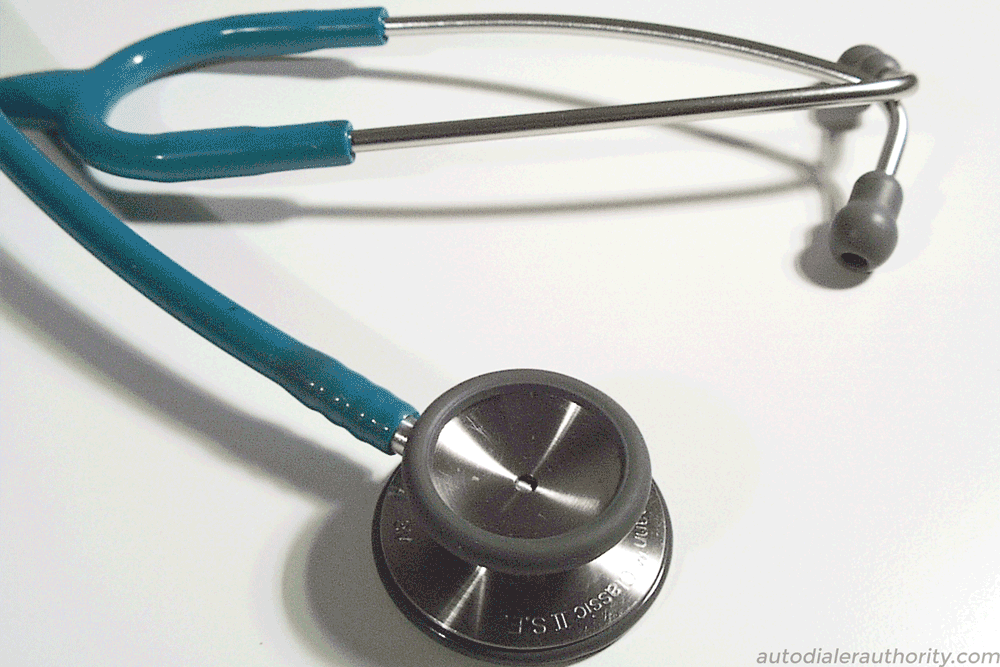Doctor and medical offices are very likely to use a call automation software device or services simply because it is easy to remind patients of important reminders, but using an auto dialer in a medical office can be used for much more than just outbound calls. Some usual features of a dialer in a doctors office are:
- Calling a patient to confirm information before a hospital visit
- Checking up on a patient after a hospital visit
- Reminding a patient to take medication
- Reminding a patient of their appointment
The history of medical offices and phone automation goes back to the 1970’s – when a device known as the “telecomputer model 2rs” was featured in a physician’s magazine back in 1979.
The device, which cost at the time approximately $1,300, was able to accept a call from a patient and let them leave a message as long of a duration as they needed, then the machine would end the call and immediately send a signal to the doctors’ pager every sixty seconds until the message was heard on the answering machine. This handy device enabled doctors who were on call the ability to not have to stay near the phone, and rather have the phone alert them when a call came through from a patient in need. (If you want to read the full story of one of the first doctor-specific autodialers, you can read about it here)
Medicine has advanced a long way since the day of personal pagers, most actions that the expensive 2RS could do can now be done faster and more efficiently by a much cheaper software system, but the need for an autodialer in the medical field still exists for many of the same reasons, which is why there really is no better alternative to the autodialer for reminding patients of important medical information, performing follow ups with patients after procedures, and ensuring that patients always get the care and attention they need when trying to reach a doctor.
In a more modern setting, the study titled “Effect of Telephone Reminder/Recall on Adolescent Immunization and Preventive Visits” published by the JAMA Pediatrics, researchers found that by utilizing a software system that was able to update phone numbers of patients and send out reminders of immunization visits, there was a mild increase in the number of immunization rates and visits. The reason it was only mildly successful was because the phone numbers they were using “were usually not accurate” and most time was spent finding actual phone numbers that worked properly and were able to call the patient instead of making outbound calls.
Modern autodialers solve this issue outright – by enabling the system to rapidly dial many numbers at once and filter through the numbers who do not respond or did not exist, it would be interesting to see if the use of an autodialer in this study would have increased the results greater than what the results turned out to be.
